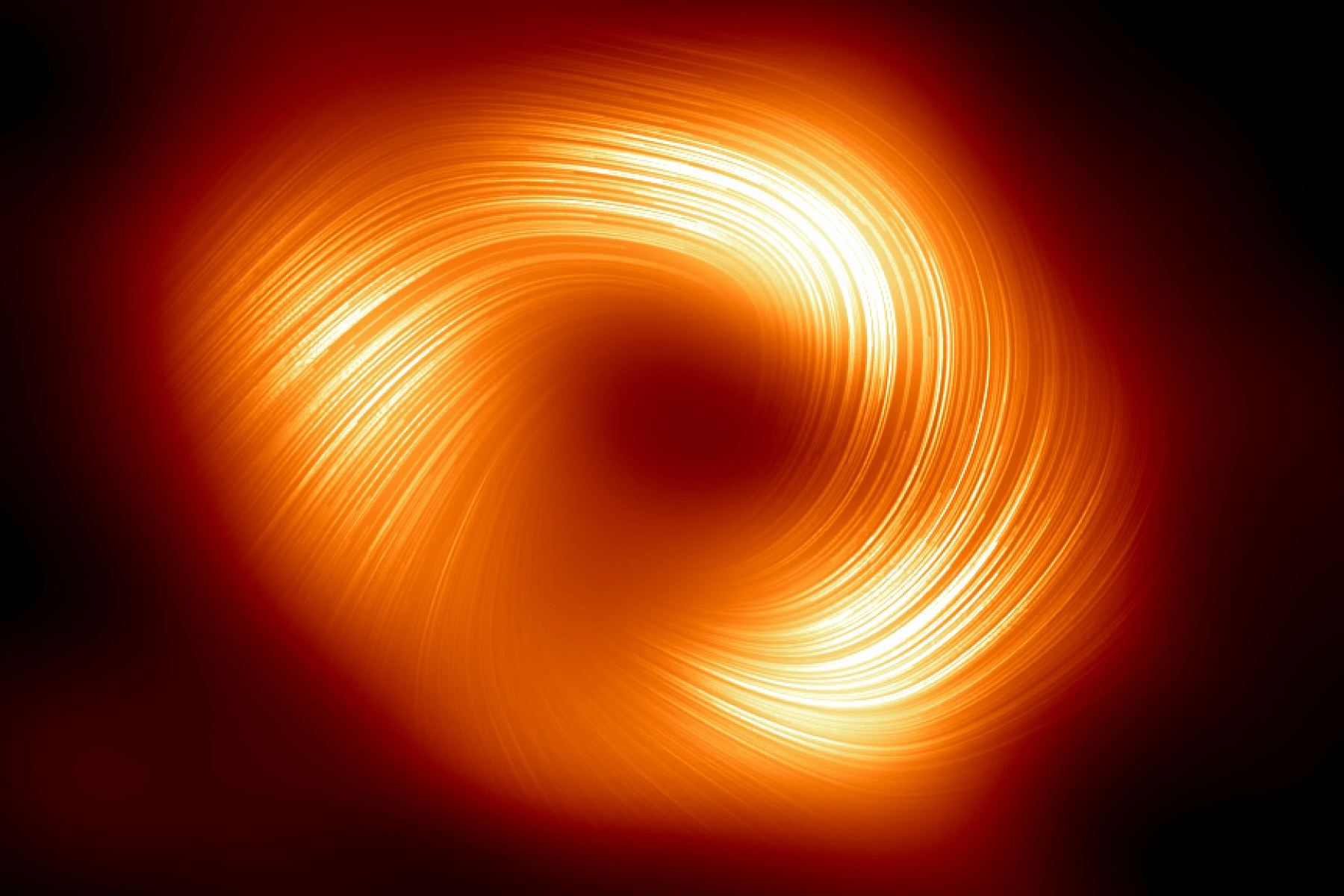Fluxgate magnetometer daily cycle of earth's magnetic field.
Updated: 2024-08-31 16:16:13
 , . Site Home Blog Home Recent Images Equipment Sharpless Software Fluxgate magnetometer daily cycle of earth's magnetic . field Category : magnetometer Posted by : Tom How I've started looking at creating an average of the diurnal cycle of the Earth's magnetic field as detected by my FGM-3h fluxgate magnetometer linked up to the Arduino mega in my Earth Magnetic field . Observatory There are a great deal of problems with this due to different errors in the readings , so to start with I've simply taken the average reading on each day . I've used this to calculate the variance from the average at each 5 minute interval during each day , and then averaged all these . together This doesn't get a nice result of the diurnal magnetometer reading cycle so I've excluded everything outside one
, . Site Home Blog Home Recent Images Equipment Sharpless Software Fluxgate magnetometer daily cycle of earth's magnetic . field Category : magnetometer Posted by : Tom How I've started looking at creating an average of the diurnal cycle of the Earth's magnetic field as detected by my FGM-3h fluxgate magnetometer linked up to the Arduino mega in my Earth Magnetic field . Observatory There are a great deal of problems with this due to different errors in the readings , so to start with I've simply taken the average reading on each day . I've used this to calculate the variance from the average at each 5 minute interval during each day , and then averaged all these . together This doesn't get a nice result of the diurnal magnetometer reading cycle so I've excluded everything outside one
 Skip to content Universe Today Space and astronomy news Menu Videos Newsletter Podcast Contact Us Support Us Log in An image from the Event Horizon Telescope shows lines of polarization , a signature of magnetic fields , around the shadow of the Milky Way's central supermassive black hole . Astronomers want to know how massive black holes like this one formed early in cosmic history . Credit : EHT Collaboration Posted on August 31, 2024 August 30, 2024 by Carolyn Collins Petersen Dark Matter Could Have Driven the Growth of Early Supermassive Black Holes The James Webb Space Telescope JWST keeps finding supermassive black holes SMBH in the early Universe . They’re in active galactic nuclei seen only 500,000 years after the Big Bang . This was long before astronomers thought they could exist
Skip to content Universe Today Space and astronomy news Menu Videos Newsletter Podcast Contact Us Support Us Log in An image from the Event Horizon Telescope shows lines of polarization , a signature of magnetic fields , around the shadow of the Milky Way's central supermassive black hole . Astronomers want to know how massive black holes like this one formed early in cosmic history . Credit : EHT Collaboration Posted on August 31, 2024 August 30, 2024 by Carolyn Collins Petersen Dark Matter Could Have Driven the Growth of Early Supermassive Black Holes The James Webb Space Telescope JWST keeps finding supermassive black holes SMBH in the early Universe . They’re in active galactic nuclei seen only 500,000 years after the Big Bang . This was long before astronomers thought they could exist Skip to content Universe Today Space and astronomy news Menu Videos Newsletter Podcast Contact Us Support Us Log in This image shows the Atacama Large Millimeter submillimeter Array ALMA looking up at the supermassive black hole at our galactic centre . ALMA is part of the Event Horizon Telescope . Courtesy EHT and . ESO Posted on August 30, 2024 August 30, 2024 by Carolyn Collins Petersen A New Test Proves How to Make the Event Horizon Telescope Even Better Want a clear view of a supermassive black hole’s environment It’s an incredible observational challenge . The extreme gravity bends light as it passes through and blurs the details of the event horizon , the region closest to the black hole . Astronomers using the Event Horizon Telescope EHT just conducted test observations aimed at
Skip to content Universe Today Space and astronomy news Menu Videos Newsletter Podcast Contact Us Support Us Log in This image shows the Atacama Large Millimeter submillimeter Array ALMA looking up at the supermassive black hole at our galactic centre . ALMA is part of the Event Horizon Telescope . Courtesy EHT and . ESO Posted on August 30, 2024 August 30, 2024 by Carolyn Collins Petersen A New Test Proves How to Make the Event Horizon Telescope Even Better Want a clear view of a supermassive black hole’s environment It’s an incredible observational challenge . The extreme gravity bends light as it passes through and blurs the details of the event horizon , the region closest to the black hole . Astronomers using the Event Horizon Telescope EHT just conducted test observations aimed at As it’s name suggests, dark matter is dark! That means it’s largely invisible to us and only detectable through its interaction with gravity. One of the leading theories to explain the stuff that makes up the majority of the matter in the Universe are WIMPs, Weakly Interacting Massive Particles. They are just theories though and …
Continue reading "New Limits on Dark Matter"
The post New Limits on Dark Matter appeared first on Universe Today.
As it’s name suggests, dark matter is dark! That means it’s largely invisible to us and only detectable through its interaction with gravity. One of the leading theories to explain the stuff that makes up the majority of the matter in the Universe are WIMPs, Weakly Interacting Massive Particles. They are just theories though and …
Continue reading "New Limits on Dark Matter"
The post New Limits on Dark Matter appeared first on Universe Today.
 Skip to content Universe Today Space and astronomy news Menu Videos Newsletter Podcast Contact Us Support Us Log in This is a small portion of the field observed by NASAâ s James Webb Space Telescopeâ s NIRCam Near-Infrared Camera for the Cosmic Evolution Early Release Science CEERS survey . It is filled with galaxies . The light from some of them has traveled for over 13 billion years to reach the telescope . Credit : NASA , ESA , CSA , Steve Finkelstein University of Texas at Austin Posted on August 29, 2024 August 29, 2024 by Matt Williams Remember those Impossible Galaxies Found by JWST It Turns Out They Were Possible After All When the James Webb Space Telescope provided astronomers with a glimpse of the earliest galaxies in the Universe , there was some understandable confusion .
Skip to content Universe Today Space and astronomy news Menu Videos Newsletter Podcast Contact Us Support Us Log in This is a small portion of the field observed by NASAâ s James Webb Space Telescopeâ s NIRCam Near-Infrared Camera for the Cosmic Evolution Early Release Science CEERS survey . It is filled with galaxies . The light from some of them has traveled for over 13 billion years to reach the telescope . Credit : NASA , ESA , CSA , Steve Finkelstein University of Texas at Austin Posted on August 29, 2024 August 29, 2024 by Matt Williams Remember those Impossible Galaxies Found by JWST It Turns Out They Were Possible After All When the James Webb Space Telescope provided astronomers with a glimpse of the earliest galaxies in the Universe , there was some understandable confusion . , Skip to content Universe Today Space and astronomy news Menu Videos Newsletter Podcast Contact Us Support Us Log in After the death of a massive , spinning star , a disk of material forms around the central black hole . As the material cools and falls into the black hole , new research suggests that detectable gravitational waves are created . Ore Gottlieb Posted on August 29, 2024 August 29, 2024 by Mark Thompson For Their Next Trick , Gravitational Wave Observatories Could Detect Collapsing Stars The merging of black holes and neutron stars are among the most energetic events in the universe . Not only do they emit colossal amounts of energy , they can also be detected through gravitational waves . Observatories like LIGO Virgo Laser Interferometer Gravitational Wave Observatory and
, Skip to content Universe Today Space and astronomy news Menu Videos Newsletter Podcast Contact Us Support Us Log in After the death of a massive , spinning star , a disk of material forms around the central black hole . As the material cools and falls into the black hole , new research suggests that detectable gravitational waves are created . Ore Gottlieb Posted on August 29, 2024 August 29, 2024 by Mark Thompson For Their Next Trick , Gravitational Wave Observatories Could Detect Collapsing Stars The merging of black holes and neutron stars are among the most energetic events in the universe . Not only do they emit colossal amounts of energy , they can also be detected through gravitational waves . Observatories like LIGO Virgo Laser Interferometer Gravitational Wave Observatory and